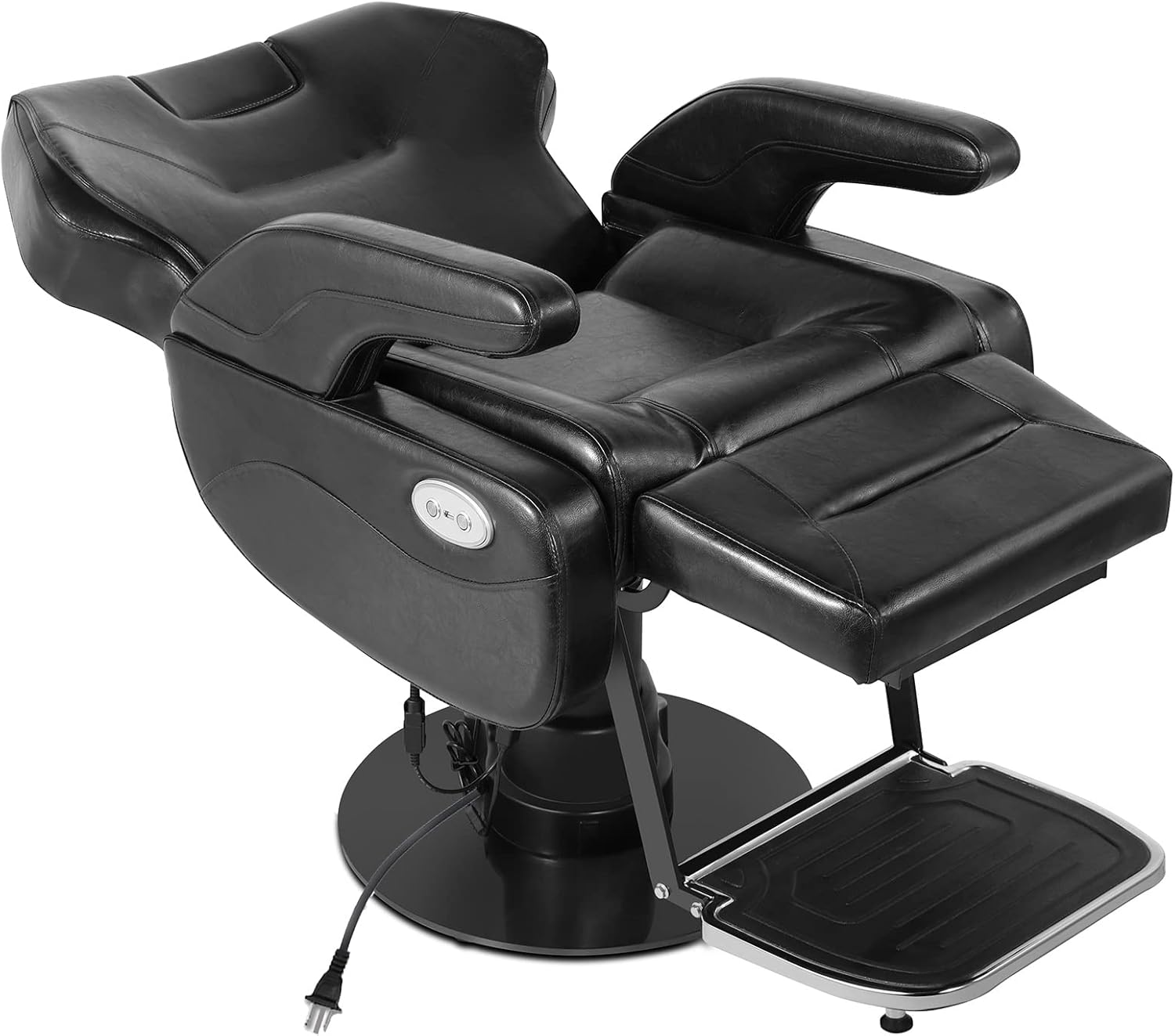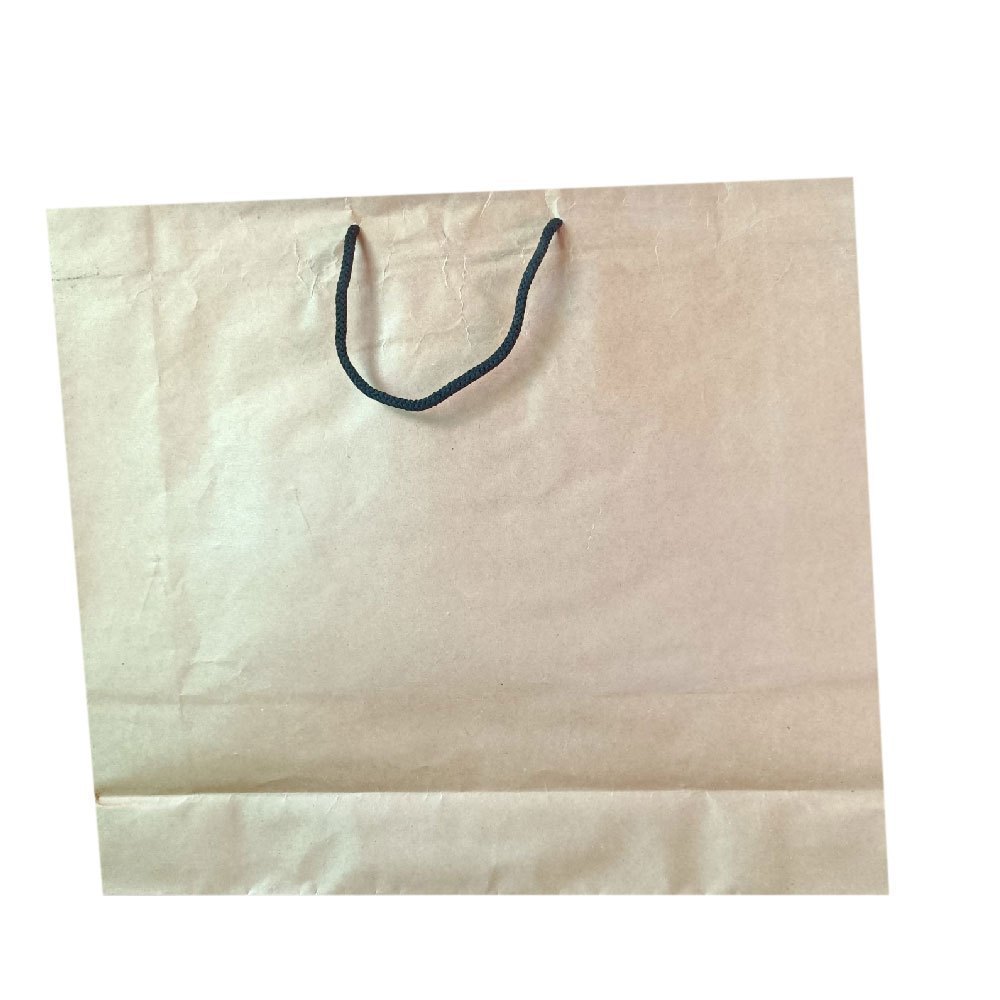Get dressed up for your workday with ethical and sustainable pieces from these companies. Eileen Fisher has a circular fashion model that involves the use of low-waste materials, reselling second-hand clothing, and donating clothing when it is no longer needed.
LEZE the Label offers a large selection of casual business wear in sizes XS-3XL. All produced in LA and delivered environmentally. The label also provides international shipping and also donates to charities.
ADAY
The sustainable clothing brand that caters to women provides decent wages to its workers and makes use of ethical materials like Tencel Lyocell and organic cotton. The brand also makes use of recycled poly and colors that are low-impact.
DTC, a women’s apparel company, creates clothes that aren’t seasonal to ensure less turnover in closets. They also concentrate on fit and comfort (think fitted pants with just a some stretch). The brand uses the OEKOTEX as well as Bluesign certified fabrics and rely on renewable energy to run their factories. The company also strives to minimize waste. Their clothing is also returned.

Amour Vert
The label is named after “green love” was created by Christoph Frehsee & Linda Balti. It is a blend of French design and sustainable. The most popular styles are the label’s updated basic silk dresses, washable, and Tencel, as well as “peace” silk (from cocoons in which caterpillars finish their lives).
They make use of traceable wool, organic fabrics, and low-impact dyes. ReAmour is their platform for reselling. They plant a tree for every shirt purchased via the Buy a Tee, Plant a Tree campaign and go to the website https://insidemen.vn/blogs/phong-cach-insidemen/cach-phoi-do-cho-nam-cao-1m7. The majority of the final production takes place in the USA. The United States is an average risk of abuse.
Cuyana
Cuyana is a firm believer in the principle that “less is more” in the field of clothing for work. They also ensure that their products are constructed to last. Climate Neutral is a certified company that gives back to the community and encourages ethical practices by ensuring transparency in the factory.
The sustainable brand WOC creates simple pieces made of organic cotton, regenerative hemp, and recycled linen to create an eco-friendly wardrobe. The circular design helps reduce the amount of waste and also offers sustainable clothing sizes from XXS to 2XL. Work pants for women as well as button-ups and dresses are designed to be timeless and practical.
Issue Twelve
Issue Twelve’s large coats, tees and shirts are perfect to create an outfit that is a capsule. Issue Twelve also focuses on ethically-sourced products. The manufacturing process of the company uses less water, green products and colors that are non-toxic. The company also collaborates in conjunction with Klow the marketplace that assures that each brand is audited and pay a fair salary for all those involved within the supply chain. They also support farmers and artisans in the local area. The company also makes use of certified Global Organic Textile Standards and recycled cashmere.
Eileen Fisher
Eileen Fisher hired an advisor on social awareness for 30 years ago, before sustainability became an emerging fashion trend. She developed philanthropic initiatives that empowering women, addressed the issues of policy and created strategies for reducing the amount of the amount of textile waste.
She developed her own company called the Tiny Factory and her Renew line of clothing to reuse. The fabric is organic cotton as well as regenerative textiles. She doesn’t use exotic animal skins or fur. Her work is an excellent illustration of the activism in corporate America which is now trendy.
Label LEZE
LEZE the Label is a brand for business casual that was created by two of their friends. The brand makes clothes that feel and look like pajamas. They make their nylon from fishing nets that have been recycled and beech tree cellulose. The yarn is infused with coffee grounds that have been used.
They offer anti-wrinkle fabric and anti-odour fabrics, as well as temperature-regulating ones as well as stretchy fabrics in sizes 3XL to XS. They are an B-Corp certified business, which means they offset their carbon footprint, and give away gently used clothes to charities with free labels. Shop their selection on their website.
Back Beat
Back Beat, a sustainable business casual brand that is based in the US is a brand with a goal to make clothes more sustainable, circular and sustainable. The brand’s casual, cool clothes are made of organic wool, recycled cotton, as well as TENCEL(tm).
It’s not as important as the initial downbeat, which is why it’s referred to as a backbeat. Jazz music is renowned for its second rhythmic element. Your music will be more substance and a distinct sound by having a strong backbeat. This is essential to the overall sound. It also aids in maintaining the rhythm’s coherence.
Filippa K
Filippa K creates timeless essentials that are characterized by Scandinavian minimalistic design and a quality that will last. Their designs are built on circularity, sustainability, as well as less impact.
The range of workwear that is sustainable for men and women is made of eco-friendly fabrics, such as organic cotton and GOTS-certified Wool, in addition to environmentally-friendly “forest-friendly” viscose. On their website they provide information on the country of origin and the manufacturing facility for each item.
The company is an affiliate of the Fair Wear Foundation and audits their factories each year. The company provides a variety of used pieces that is able to repair or remake any item.
Komodo
Komodo produces workwear that is stylish and durable, using organic GOTS fabrics as well as recycled materials. Komodo also ensures that their products are made in accordance with fair labor standards.
Komodo National Park has a huge population, which includes the biggest monitor lizard population in the world. There are also other species of wildlife, including orange-footed shrub fowls as well as Timor deer. The park’s stunning landscapes include coral reefs and white sandy beaches.
Since its inception the brand in 1989, it has been committed to fashion that is sustainable. Their clothing blends classic design with Eastern influences to make them fashionable and practical.
January to June
Jan ‘n June creates clothing designed for the workplace that lasts. Their clothes are made of organic cotton that uses 93% less pesticides. They also make use of micro-modal made from beech trees that are that are harvested sustainably.
To lower their carbon footprint, they also produce locally to reduce their carbon footprint. They also manufacture locally in Europe. They have a rating for animals of ‘good’, which means that they don’t employ fur or leather and use only wool that has been certified traceable by the RWS.
There are also informal business attire, like blazers and button-downs. They also offer unisex women’s clothes. The company owned by WOC provides a decent pay package to its employees and offers the opportunity for maternity leave.


